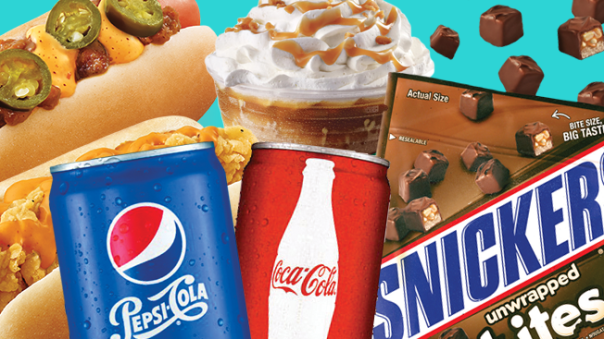This is a very interesting test for the viability of e-commerce for items that are more regularly regarded as the ‘bread and butter’ for instore selection. There are lots of questions to ask and I try to keep an open mind, but personally I can’t see the value of this type of product having a big impact in e-commerce. The question is likely to be whether even a trickle of additional revenue is possible, and then make an assessment of the ROI.
Will Mondelez’s Shoppable Ads Create Huge E-Commerce Sales? | Adweek.

